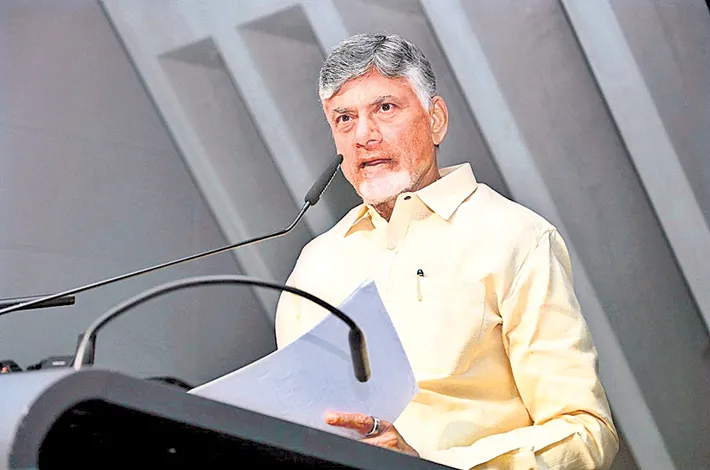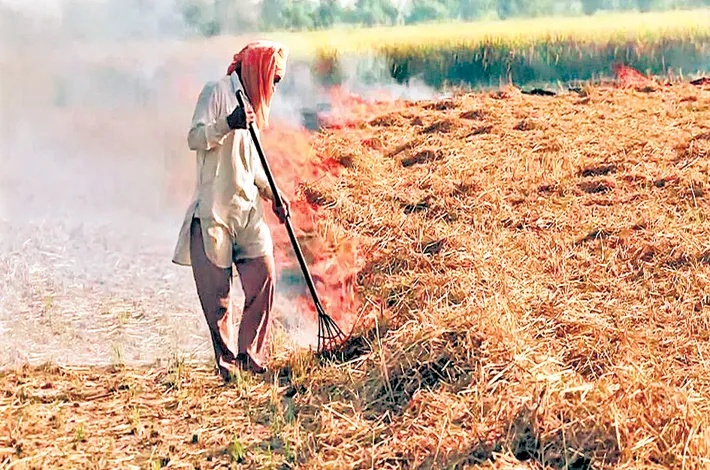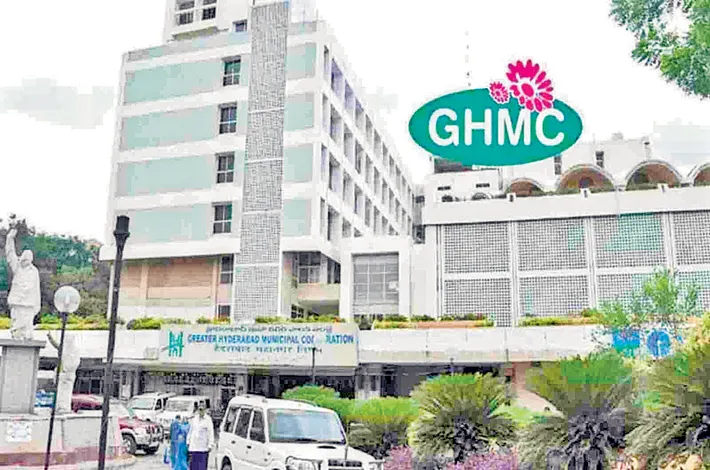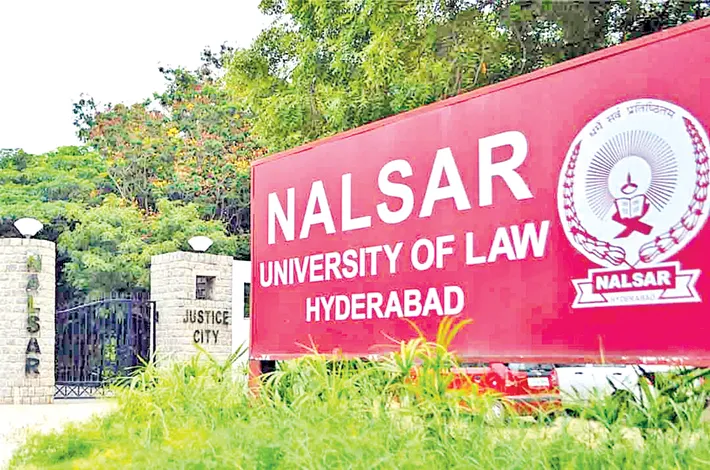The judiciary prioritization puzzle
17-10-2025 12:00:00 AM
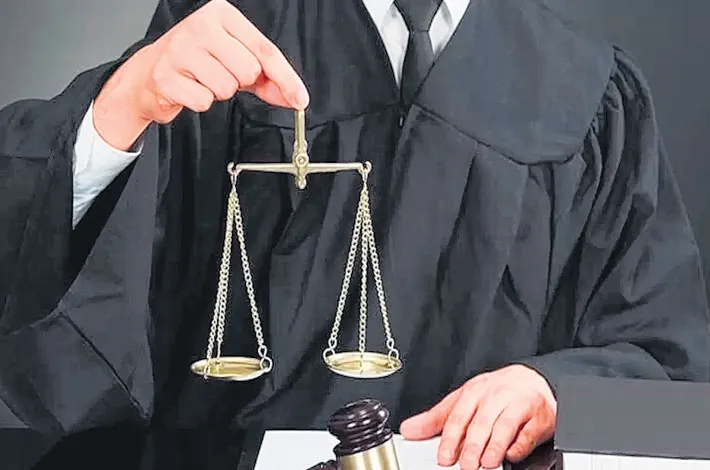
Petty Matters Trump Pressing Crises
In the prestigious halls of India's Supreme Court, where the fate of over 1.4 billion people is decided, justice unfolds as a stark tale of two timelines. On one hand, swift hearings and decisive interventions for seemingly trivial matters; on the other, interminable delays for cases that strike at the heart of civil liberties, human rights, and the very foundations of democracy. As of September 2025, the apex court is buried under a staggering backlog of 88,417 cases—an all-time high that represents a 7.6% surge from the 82,000-plus pendency recorded at the same period in 2024. This mountain includes 69,553 civil matters and 18,864 criminal ones, despite the court operating at full strength with 34 judges.
The numbers tell a story of systemic failure. In 2025 alone, 52,630 cases were instituted, but only 46,309—barely 88% of filings—were disposed of. This shortfall underscores a profound inability to keep pace with the influx, turning the judiciary into a bottleneck that chokes the nation's progress. Zoom out to the broader Indian judiciary, and the crisis balloons to over 53 million pending cases across all levels. Civil disputes in district courts face the longest waits, often stretching beyond decades, leaving ordinary citizens in a purgatory of uncertainty. This judicial logjam does more than erode public faith; it raises alarming questions about selective prioritization.
Mundane disputes—firecracker bans, sports scheduling squabbles—eclipse existential threats to human dignity and democratic norms. As an eminent specializing in law observed, the Supreme Court, once considered as the protector of rights, now seems more attuned to the spectacle than the substance. This disparity isn't accidental; it's a pattern which has now become routine, fueling a sense of defet,detachment and cries of "justice for the privileged, denial for the oppressed. Without prioritizing transformative rights over nominal and namesake procesures, justice isn't merely delayed—it's denied, hollowing the world's largest democracy from within.
To grasp the scale of the crisis, consider the raw numbers. The Supreme Court's annual report for 2024-25 reveals that over 65% of pending matters—more than 57,000 cases—remain stuck at the admission stage, where justices decide whether to grant a full hearing. This hindrance peaked in June 2025 at 85,204 cases, exacerbated by a mere 21.94% clearance rate. New filings outnumbered disposals by over 3,000 that month alone, a deficit compounded by reduced working days during summer vacations.
Under successive Chief Justices—D.Y. Chandrachud until November 2024, followed by Sanjiv Khanna and now B.R. Gavai—the court has scheduled "partial working days" for recess benches. Yet, resources are deployed disproportionately to low-stakes spectacles. In 2025, the court operated for just 193 days, down from 210 in 2024, per National Judicial Data Grid (NJDG) statistics. High Courts fare worse, with 63 lakh cases pending and 20% judge vacancies nationwide. District courts, the judiciary's base, shoulder 4.6 crore cases, where a simple property dispute can languish for 15-20 years.
Economically, the toll is immense. A 2025 World Bank study estimates judicial delays cost India 1.5-2% of GDP annually—roughly Rs 4-5 lakh crore—through stalled contracts, unrecovered debts and lost investments. Socially, it's devastating: undertrial prisoners constitute 77% of India's 5.5 lakh jail population as of January 2025, many enduring years without trial in violation of Article 21's right to speedy justice. Reforms like e-filing (introduced in 2023) and AI-driven triage have been touted, but implementation falters.
Only 40% of courts are fully digitized, and AI tools process just 15% of admissions, per a Bar Council of India audit. This is not just inefficiency; it's a structural crisis demanding radical overhaul. As former CJI N.V. Ramana warned in 2022, "Pendency is the silent killer of justice." Yet, three years later, the Supreme Court remains paralyzed, its full bench overshadowed by selective urgency.
Selective prioritization:
At the heart of the problem lies a liking for the ordinary. The court's files brim with high-profile, low-stakes interventions that displace weightier pleas. Take the August 2025 hearing on the alleged illegal confinement of two women at Jaggi Vasudev's Isha Foundation. Amid nationwide outrage over women's safety, the Supreme Court effectively halted Tamil Nadu police probes, prioritizing the spiritual guru's controversy. Justices observed, "We can't allow media trials," staying investigations and summoning state officials—actions that consumed three days of bench time.
Similarly, in June 2025, a single-parent judicial officer's child custody plea against the Jharkhand High Court commanded urgent listing. The bench delved into personal grievances, granting interim relief within 48 hours. These pale against recurrent frivolities: annual Diwali firecracker bans, first petitioned in 2015, return every October, monopolizing benches with environmental vs. tradition debates. IPL scheduling disputes—filed since 2010—disrupt hearings during March-May, as seen in a 2025 plea over match timings clashing with elections.
Critics, including the Campaign for Judicial Accountability, argue these "celebrity cases"—often PILs by high-profile lawyers—secure priority via "oral mentions," bypassing registry queues. Data from the Supreme Court's February 2025 report confirms: 70% of urgent listings stem from such interventions, displacing 12,000+ rights-based matters. As advocate Prashant Bhushan notes, "The court treats Diwali crackers as a national emergency but custodial deaths as routine footnotes."
This pattern persists under CJI Gavai, whose summer benches in May 2025 disposed of 1,200 cases—impressive, yet skewed toward civil suits over crimes. A June 2025 Bar and Bench analysis reveals 45% of recess disposals were property or contract disputes, versus just 8% human rights pleas. The result? Transformative cases gather dust, while the trivial dazzles.
Human Rights at crossroads: The cost of inaction
Nowhere is the disparity starker than in human rights and civil liberties, languishing in an endemic backlog. The Bhima Koregaon violence trials—emblematic of state overreach against activists—exemplify this. In 2018, 16 were arrested under Unlawful Activities Prevention Act (UAPA) for alleged Maoist links tied to a Pune clash. By 2024, two—Vernon Gonsalves and Arun Ferreira—gained bail due to trial delays and weak evidence. Yet, core proceedings drag into 2025, with hearings adjourned 27 times since January, per case logs.
Custodial deaths paint a much more serious picture. The National Human Rights Commission (NHRC) registered 121 police custody fatalities and 1,558 judicial custody deaths in 2024—a 12% rise from 2023. A landmark 2023 Supreme Court directive in Paramvir Singh Saini v. Baljit Singh mandated compensation and independent probes for custodial torture. But follow-through is meagre: only 22% of 2024 cases saw compliance, per NHRC data. Petitions on extrajudicial killings—like the 2022 Nagaland botched operation (14 civilians dead)—and enforced disappearances in Kashmir remain mired, adjourned into 2026.
Civil rights survivors endure perpetual purgatory. A 40-year-old rape-murder case in Allahabad High Court, highlighted in April 2025 by activist Vrinda Grover, exemplifies apex oversight's failure. The survivor, now 62, petitioned for expedited hearings; the Supreme Court issued notices but listed it for December 2025—five months later. Nationwide, 80,221 cases burdened the apex court in January 2024, with undertrials climbing to 77% by mid-2025 amid stalled police abuse probes.
These delays aren't neutral; they amplify vulnerabilities. A 2025 Amnesty International report documents 1,200+ minority rights violations since 2023—lynchings, demolitions—yet Supreme Court interventions average one per quarter. The right to speedy trial, enshrined in Article 21 since Hussainara Khatoon v. State of Bihar (1979), has become an elite privilege, reserved for those with clout.
Politicization and democratic erosion: Tilting the scales
The rot deepens with politicization, where opposition voices face glacial scrutiny amid "false" filings. Rahul Gandhi's 2023 defamation case over Bharat Jodo Yatra remarks on armed forces recruitment saw a two-year probe delay. The Supreme Court stayed proceedings in August 2025 but reprimanded him: "A true Indian wouldn't say such a thing." This moralizing, per a September 2025 analysis, fueled bias perceptions, echoing 2019 contempt convictions.
Broader pleas on agency misuse—filed by 14 opposition parties in 2023—were rejected in April 2023, dismissing ED/CBI weaponization evidence against non-BJP leaders as "unsubstantiated." In September 2025, the court probed a three-year registry delay in an unnamed opposition figure's bail plea, admitting lapses but shunning reform. A 2025 International Commission of Jurists report decries this as "tipping the scale" toward executive overreach, with 4.13 lakh RTI appeals pending by June 2025, crippling transparency on vendettas.
Democratic erosion follows suit. The September 2025 Waqf (Amendment) Bill ruling upheld parliamentary amendments as "interim safeguards," rebuffing minority disenfranchisement cries and affirming "Parliament's decision." The INDIA bloc decried it as a "government conspiracy halted," aligning with rulings bolstering executive power—like upholding abrogation of Article 370 (2023). A March 2025 op-ed lambasted "judicial capitulation to Hindutva," citing delays in citizenship law (CAA) challenges and sedition statutes stifling dissent.
The Chief Justice's office bears blame. A May 2025 Human Rights Hub analysis faults opaque appointments and uneven bench allocations favoring government pleas (60% priority). Even the February 2024 electoral bonds strike-down—revealing Rs 16,000 crore opaque funding, 57% to BJP—yields to languishing EVM transparency petitions, adjourned into 2025.
History offers stark parallels. A senior legal journalist recounts the Supreme Court Collegium under CJI Gavai eroding independence by transferring Justice Atul Sreedharan. After rulings challenging government actions—including an FIR against a Madhya Pradesh BJP minister for anti-Muslim remarks—Collegium resolutions on August 25 and October 14, 2025, shifted him from Madhya Pradesh High Court (in line for Chief Justice) to Allahabad, at government's behest, sidelining J&K/MP leadership roles.
Echoing 1954, Prime Minister Nehru sought to supersede senior-most Justice Mehr Chand Mahajan with B.K. Mukherjea, distrusting Mahajan's J&K premier role during accession. Justice Vivian Bose's threat of collective resignations forced Nehru's retreat, allowing Mahajan as third CJI (January-December 1954), per George H. Gadbois's Judges of the Supreme Court of India.
As a senior Supreme Court advocate notes, "History rhymes: executive pressure bends the judiciary unless resisted collectively."Public discourse on social media platforms like X amplifies frustration—#JusticeDelayed trends with posts like "Backlog for oppressed, priority for privileged," mirroring 13% pendency rise since 2023.India's Supreme Court, once democracy's bulwark, risks bystander status.
With 4.6 crore lower court cases and apex delays fueling cynicism, reform imperatives include: mandatory rights-based prioritization (via AI scoring), filling 25% vacancies within six months, and transparent listing protocols. Chief Justice Gavai's summer benches show promise, but tides must turn decisively. As eminent legal luminaries urge, "Prioritize rights over rituals—or watch democracy hollow out." The choice is clear: triage now, or justice denied forever.





